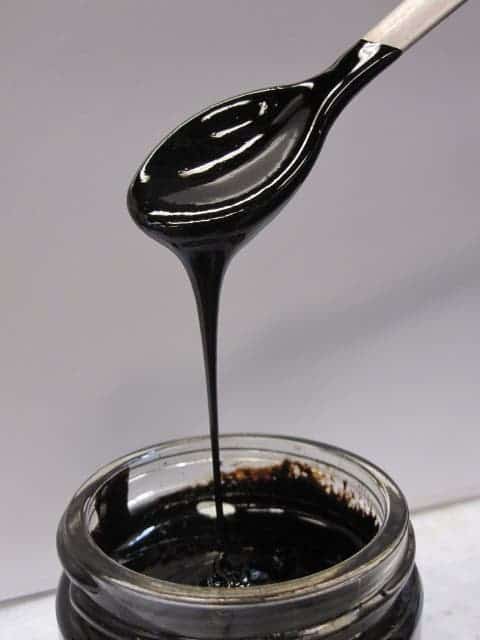A newly-developed process could create fuel from our waste. Researchers at the Department of Energy’s Pacific Northwest National Laboratory have created a method to turn ordinary sewage and other organic waste into biocrude oil.
It may sound like fiction, it does sound yucky, but one day, wastewater treatment plants may be powering your car. The Department of Energy’s Pacific Northwest National Laboratory researchers have developed a novel process, which they call hydrothermal liquefaction, that mimics the geological conditions involved in creating crude oil. Using high pressures and temperatures, they only need a few minutes and the stuff we flush down our toilets to create a liquid that takes millions of years to form in nature.
I’m talking, of course, about crude oil. With wastewater treatment plants across the U.S. treating some 34 billion gallons of sewage every day, the PNNL estimates they could produce some 30 million barrels of crude a year — so each person could churn out two or three gallons of biocrude each year.
This material is very similar to the oil we pump out of the ground, with a little more water and oxygen mixed in. It can be refined through the installations we already have to produce gasoline, diesel, even jet fuel.
Crude nr. 2
Any organic mater, in theory, can be used to produce biofuel. Sewage, however, has long been considered as a poor ingredient for the task because it contains too much water. But PNNL’s doesn’t require for it to be dried — the step which historically has made wastewater-to-fuel conversion too energy intensive to be economically viable. Through HTL, organic matter is pressurized to 3,000 pounds per square inch (about 100 times the pressure in a car tire), then fed into a reactor system which cooks it to 660 degrees Fahrenheit (350 Celsius). These extreme conditions break the matter down to its simple chemical compounds — the cells in the material rip apart, forming biocrude and an aqueous-liquid phase.
“There is plenty of carbon in municipal waste water sludge and interestingly, there are also fats,” said Corinne Drennan, who is responsible for bioenergy technologies research at PNNL.
“The fats or lipids appear to facilitate the conversion of other materials in the wastewater such as toilet paper, keep the sludge moving through the reactor, and produce a very high quality biocrude that, when refined, yields fuels such as gasoline, diesel and jet fuels.”
Not only that, but the method could provide governments with a method to save significant costs by eliminating the need for sewage processing, transport, and disposal. It’s also very simple to implement, as Drennan says.
“The best thing about this process is how simple it is. The reactor is literally a hot, pressurized tube. We’ve really accelerated hydrothermal conversion technology over the last six years to create a continuous, and scalable process which allows the use of wet wastes like sewage sludge.”
HTL may also be used to make fuel from other types of wet organic feedstock, such as agricultural waste. In addition to the biocrude, the liquid phase can be treated to create other fuels and chemical products. A small amount of solid material is also generated, which contains important nutrients. For example, early efforts have demonstrated the ability to recover phosphorus, which can replace phosphorus ore used in fertilizer production.
PNNL has licensed the technology to Utah-based Genifuel Corporation, which is now working with Metro Vancouver, a partnership of 23 local authorities in British Columbia, Canada, to build a demonstration plant.










